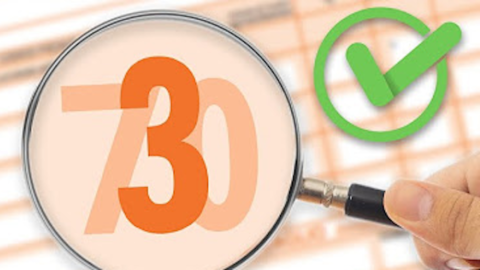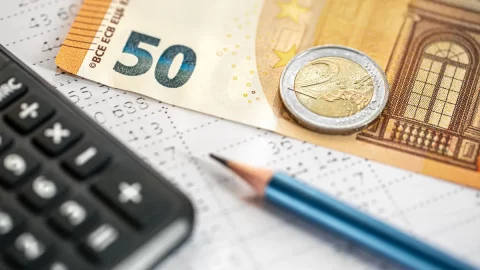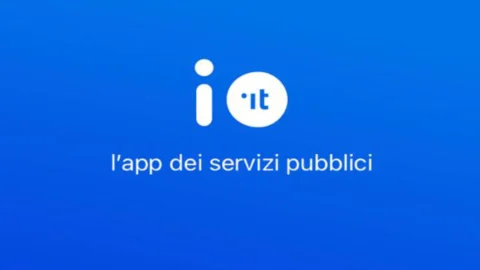From 20 February to 20 March, those who last year incurred expenses for alarm systems and digital video surveillance, or surveillance expenses, will be able to send the Revenue Agency the application to obtain the tax credit introduced by the Stability Law 2016. The same Agency communicates it in a note, recalling that the expenses must concern properties not used in business or self-employment activities and that, in the case of mixed use, the credit is due to the extent of 50%. The percentage measure of the tax credit will be disclosed by the Revenue Agency by 31 March 2017 and will be equal to the ratio between the amount of resources allocated and the total tax credit requested.
1) HOW TO SEND THE REQUEST
The request must be sent electronically, independently or through an intermediary, using the free software "Creditovideosorverglianza" which will be available on the website www.agenziaentrate.gov.it.
2) WHICH DATA TO INSERT
The application must indicate the tax code of the beneficiary and of the supplier of the good or service, as well as the number, date and amount of the invoices relating to the goods and services purchased, including VAT.
It must also be specified whether the invoice relates to a property used both for business or self-employment and for the taxpayer's personal or family use, because in this case the tax credit will be due to the extent of 50%.
3) WHO IS ENTITLED TO THE TAX CREDIT
All natural persons who in 2016 incurred expenses for digital video surveillance or alarm systems or expenses related to contracts entered into with security institutes to protect buildings not used for business or self-employment activities can access the telematic channel.
4) THE QUESTION MUST BE ONLY ONE
Taxpayers can submit a single request including data on all expenses incurred in 2016. In the event that multiple requests are submitted by the same subject, the last submitted request, which replaces and cancels the previous requests, will be considered valid.
5) A CREDIT TO BE USED IN COMPENSATION
The beneficiary can use the tax credit accrued in compensation by presenting the F24 form exclusively through the telematic services of the Revenue Agency. Natural persons who do not have business or self-employment income can also use the credit due to reduce the taxes due on the basis of the tax return.





